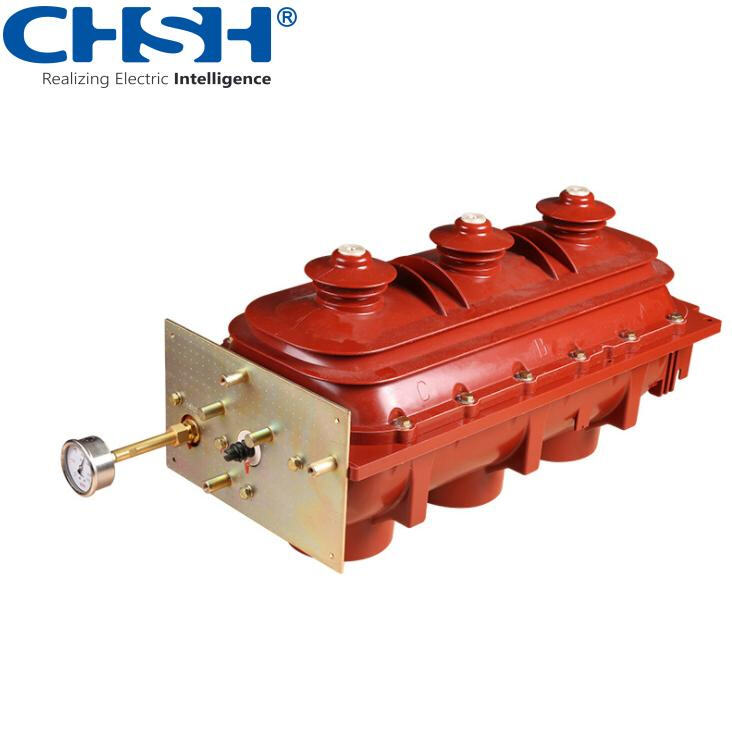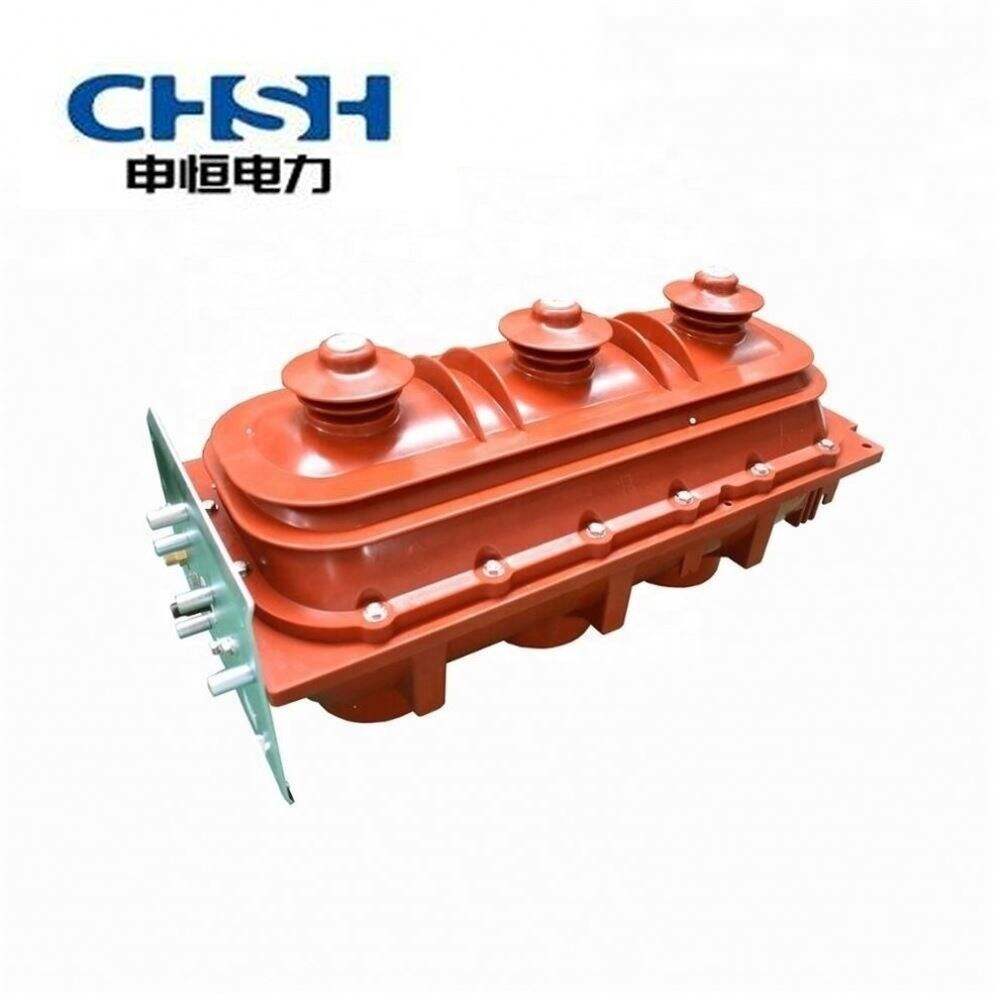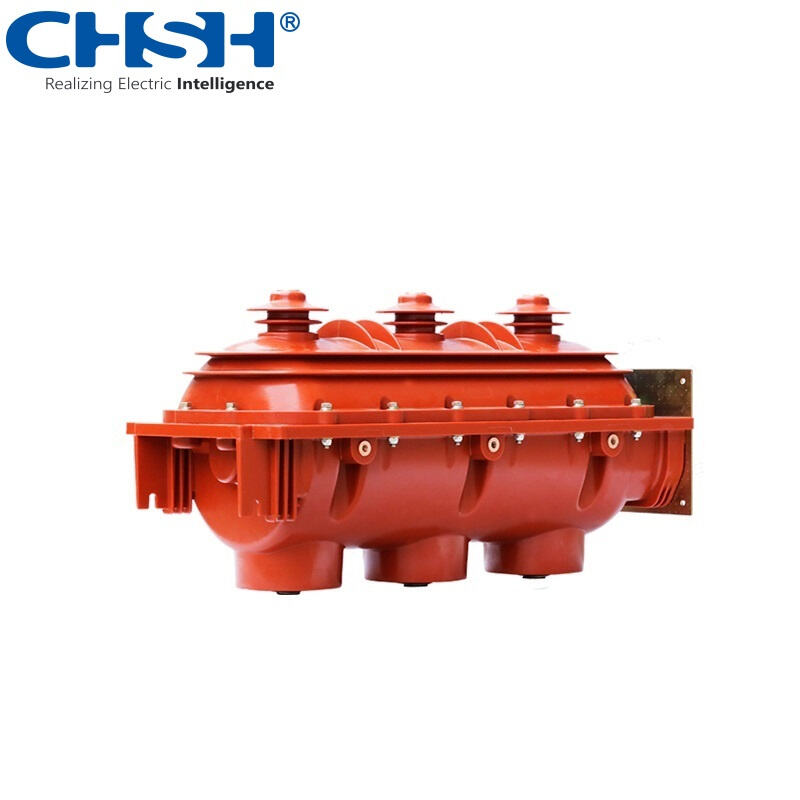sf6 breaker working
The SF6 circuit breaker represents a crucial advancement in electrical power systems, utilizing sulfur hexafluoride gas as its primary insulating and arc-quenching medium. This innovative breaker operates through a sophisticated mechanism where SF6 gas, contained within a sealed chamber, serves as both an insulator and arc extinguisher during circuit interruption. When the contacts separate, the SF6 gas is compressed and forced through a nozzle, creating a high-velocity gas flow that effectively cools and extinguishes the arc. The breaker's working principle involves three main stages: the pre-arcing period, where contacts begin to separate, the arcing period, where the SF6 gas manages the arc, and the post-arcing period, where the circuit is fully interrupted. Modern SF6 breakers incorporate advanced features such as gas density monitoring systems, synchronized operation mechanisms, and intelligent control systems that ensure reliable performance under various operating conditions. These breakers find extensive applications in high-voltage substations, power distribution networks, and industrial facilities, offering superior interrupting capabilities for currents ranging from hundreds to thousands of amperes.


